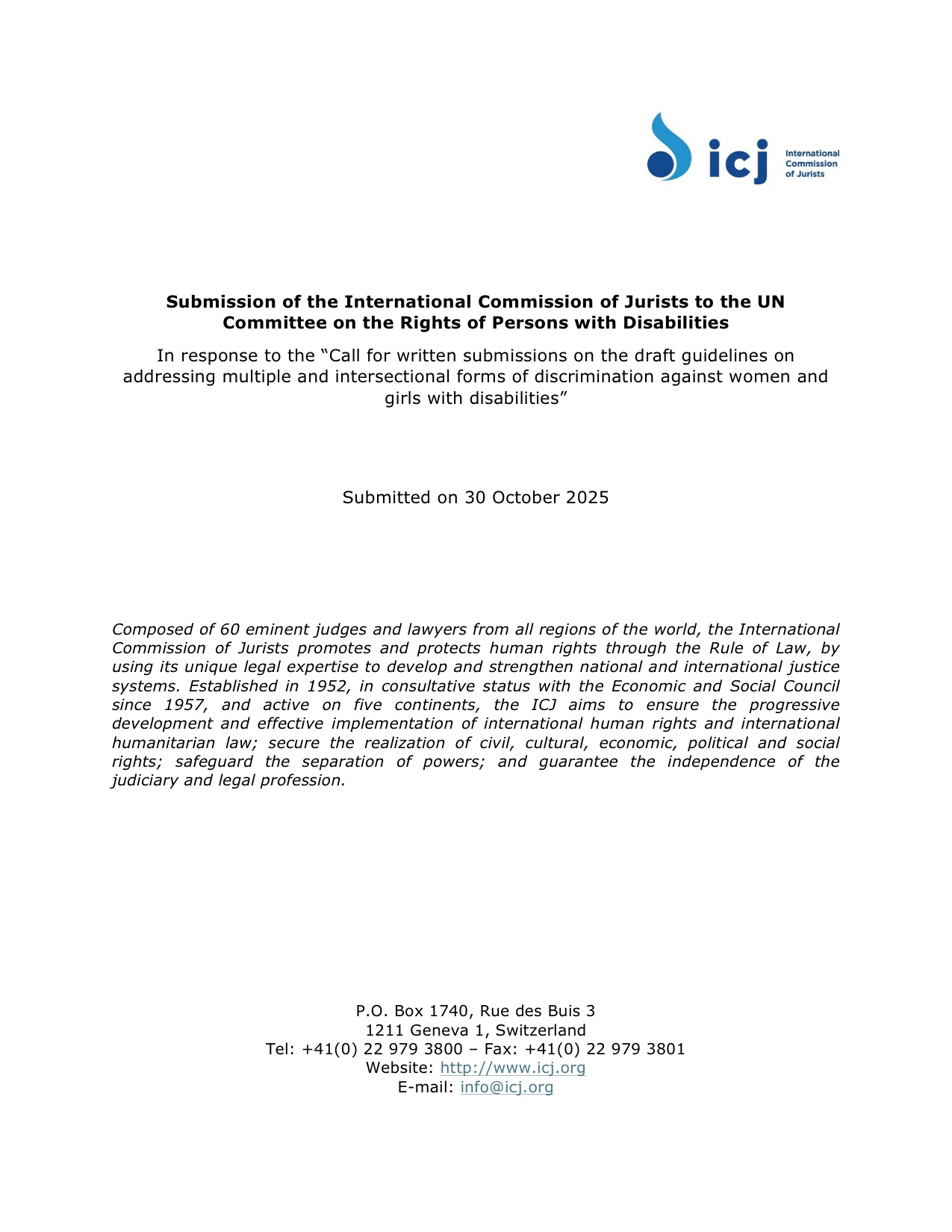High-efficiency perovskite solar cells enabled by suppressing intermolecular aggregation in hole-selective contacts – Nature

Report on Perovskite Solar Cell Advancements and Contribution to Sustainable Development Goals
Introduction
A recent study details a significant technological advancement in perovskite solar cells through the development of a novel p-type small molecule (D4PA). This innovation addresses critical obstacles in the production and performance of solar cells, directly supporting the global transition to sustainable energy. By enhancing efficiency, stability, and manufacturing reproducibility, this research makes a substantial contribution to achieving several key United Nations Sustainable Development Goals (SDGs).
Technical Innovation and Performance
Novel Molecular and Process Design
The core of the innovation lies in a new material and its application method, which overcomes long-standing challenges in solar cell fabrication. This approach is crucial for advancing industrial-scale production, a key tenet of SDG 9.
- A new p-type small molecule, D4PA, is co-deposited with the perovskite film, simplifying the manufacturing process.
- Intramolecular C–C coupling within the D4PA molecule creates strong multi-anchoring interactions with both the perovskite layer and the substrate, which enhances interfacial charge transport and inhibits defect formation.
- The unique C–C coupling also introduces steric hindrance, resulting in twisted molecular conformations. This structure effectively prevents molecular aggregation during solution processing.
- These properties improve the overall processability and significantly increase the reproducibility and reliability of the solar devices.
Certified Performance and Stability Metrics
The results demonstrate a major leap in performance, essential for making clean energy more efficient and affordable (SDG 7).
- Small-Area Device Efficiency: The devices achieved a certified power conversion efficiency of 26.72%.
- Small-Area Device Stability: A certified maximum power point tracking efficiency of 26.14% was recorded.
- Mini-Module Scalability: A larger mini-module (10.86 cm²) achieved a power conversion efficiency of 23.37%, with a certified maximum power point tracking efficiency of 22.66%, proving the technology’s potential for upscaling.
- Long-Term Operational Stability: The devices demonstrated exceptional durability, maintaining over 97.2% of their initial efficiency after 2,500 hours of continuous operation at their maximum power point.
Alignment with Sustainable Development Goals (SDGs)
SDG 7: Affordable and Clean Energy
This research directly advances the goal of ensuring access to affordable, reliable, sustainable, and modern energy for all.
- The record-high power conversion efficiency increases the energy output per unit area, lowering the overall cost of solar power and making it more accessible.
- Exceptional operational stability over 2,500 hours translates to a longer device lifespan, reducing the levelized cost of energy and making clean energy more economically competitive.
SDG 9: Industry, Innovation, and Infrastructure
The study promotes sustainable industrialization and fosters innovation by addressing key manufacturing challenges.
- The novel co-deposition method and the prevention of molecular aggregation represent a critical innovation for the renewable energy industry.
- By improving the reproducibility and processability of perovskite solar cells, this work paves the way for reliable, large-scale manufacturing and the development of resilient clean energy infrastructure.
SDG 12: Responsible Consumption and Production
The findings contribute to more sustainable production patterns by enhancing material efficiency and product longevity.
- The high reproducibility of the fabrication process minimizes material waste and reduces the resource intensity of solar panel production.
- The extended operational lifetime of the solar cells promotes responsible consumption by reducing the need for frequent replacements and minimizing electronic waste.
SDG 13: Climate Action
By making solar energy more efficient and reliable, this technological advancement is a crucial tool in the fight against climate change.
- Higher efficiency solar cells accelerate the displacement of fossil fuels in the global energy mix, directly contributing to the reduction of greenhouse gas emissions.
- The improved stability and scalability of this technology strengthen the case for solar power as a primary energy source to combat climate change and its impacts.
1. Which SDGs are addressed or connected to the issues highlighted in the article?
The research detailed in the article is directly connected to the following Sustainable Development Goals (SDGs):
-
SDG 7: Affordable and Clean Energy
This goal aims to ensure access to affordable, reliable, sustainable, and modern energy for all. The article’s focus on improving the performance, efficiency, and stability of perovskite solar cells is a direct contribution to advancing solar energy technology. By developing more efficient and durable solar cells, the research helps make solar power a more viable and cost-effective source of clean energy, which is fundamental to achieving SDG 7.
-
SDG 9: Industry, Innovation and Infrastructure
This goal focuses on building resilient infrastructure, promoting inclusive and sustainable industrialization, and fostering innovation. The article describes a significant technological innovation—a new p-type small molecule (D4PA) and a co-deposition method—that enhances the efficiency and reproducibility of solar cells. This type of scientific research and technological advancement is crucial for upgrading industrial capabilities and promoting clean technologies, aligning perfectly with the innovation aspect of SDG 9.
2. What specific targets under those SDGs can be identified based on the article’s content?
Based on the article’s focus on advancing solar energy technology, the following specific targets can be identified:
-
Under SDG 7: Affordable and Clean Energy
-
Target 7.2: By 2030, increase substantially the share of renewable energy in the global energy mix.
The research contributes to this target by making solar energy more efficient and reliable. The article’s report of a “certified power conversion efficiency of 26.72%” and enhanced stability (“maintain over 97.2% of their initial efficiency after 2,500 h”) makes perovskite solar cells a more attractive and competitive renewable energy technology, facilitating its wider adoption and thus increasing its share in the global energy mix.
-
Target 7.a: By 2030, enhance international cooperation to facilitate access to clean energy research and technology… and promote investment in energy infrastructure and clean energy technology.
The publication of this research in a scientific journal is an act of sharing knowledge and facilitating access to clean energy research. It provides the scientific community with new methods and materials (“a new p-type small molecule (D4PA)”) that can accelerate the development of clean energy technology globally.
-
-
Under SDG 9: Industry, Innovation and Infrastructure
-
Target 9.4: By 2030, upgrade infrastructure and retrofit industries to make them sustainable, with increased resource-use efficiency and greater adoption of clean and environmentally sound technologies…
The development of high-efficiency, stable, and reproducible solar cells is a key step in creating “clean and environmentally sound technologies.” The improved processability and stability mentioned in the article are critical for the large-scale manufacturing and industrial adoption of this technology, contributing to making industries more sustainable.
-
Target 9.5: Enhance scientific research, upgrade the technological capabilities of industrial sectors in all countries…
The article is a direct outcome of enhanced scientific research. It describes a novel approach that overcomes existing challenges in solar cell production (“challenging to achieve uniform deposition and prevent aggregation”). This advancement upgrades the technological capabilities within the renewable energy sector.
-
3. Are there any indicators mentioned or implied in the article that can be used to measure progress towards the identified targets?
Yes, the article provides several specific, quantifiable indicators that can be used to measure progress towards the identified targets, particularly in the context of technological advancement for clean energy.
-
Power Conversion Efficiency (PCE)
The article explicitly states a “certified power conversion efficiency of 26.72%” for small-area devices and “23.37%” for a mini-module. This is a primary indicator for Target 7.2, as higher efficiency means more electricity is generated from the same amount of sunlight, making solar energy more competitive and helping to increase its share in the energy mix.
-
Operational Stability and Durability
The finding that the devices “maintain over 97.2% of their initial efficiency after 2,500 h of continuous operation” is a critical indicator of the technology’s long-term viability and reliability. This directly impacts the affordability and sustainability aspects of SDG 7, as more durable cells lower the long-term cost of energy and reduce waste.
-
Maximum Power Point (MPP) Tracking Efficiency
The “certified maximum power point tracking efficiency of 26.14%” is another technical performance indicator. It measures how effectively the solar cell can operate under optimal conditions in a real system, which is crucial for maximizing energy output and contributing to Target 7.2.
-
Reproducibility and Scalability
The article highlights that the new method increases “device reproducibility” and has been successfully applied to a “mini-module with an effective area of 10.86 cm²”. These are key indicators for Target 9.4, as they demonstrate the potential for the technology to be scaled up from the lab to industrial manufacturing, which is essential for its widespread adoption.
4. Table of SDGs, Targets, and Indicators
| SDGs | Targets | Indicators Identified in the Article |
|---|---|---|
| SDG 7: Affordable and Clean Energy | 7.2: Increase substantially the share of renewable energy in the global energy mix.
7.a: Enhance international cooperation to facilitate access to clean energy research and technology. |
|
| SDG 9: Industry, Innovation and Infrastructure | 9.4: Upgrade infrastructure and retrofit industries to make them sustainable… with greater adoption of clean and environmentally sound technologies.
9.5: Enhance scientific research, upgrade the technological capabilities of industrial sectors. |
|
Source: nature.com

What is Your Reaction?
 Like
0
Like
0
 Dislike
0
Dislike
0
 Love
0
Love
0
 Funny
0
Funny
0
 Angry
0
Angry
0
 Sad
0
Sad
0
 Wow
0
Wow
0


















-1920w.png?#)






















;Resize=805#)



























.jpg?#)








